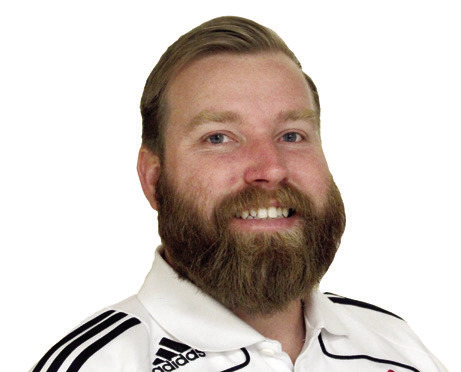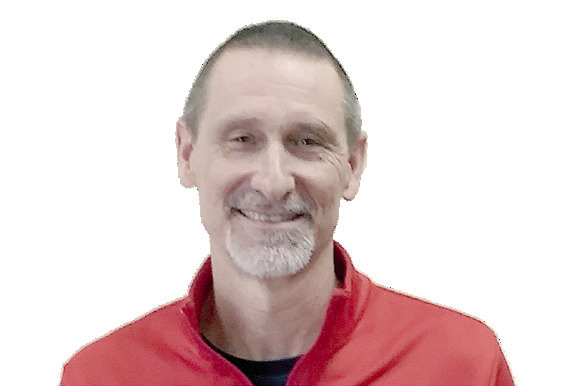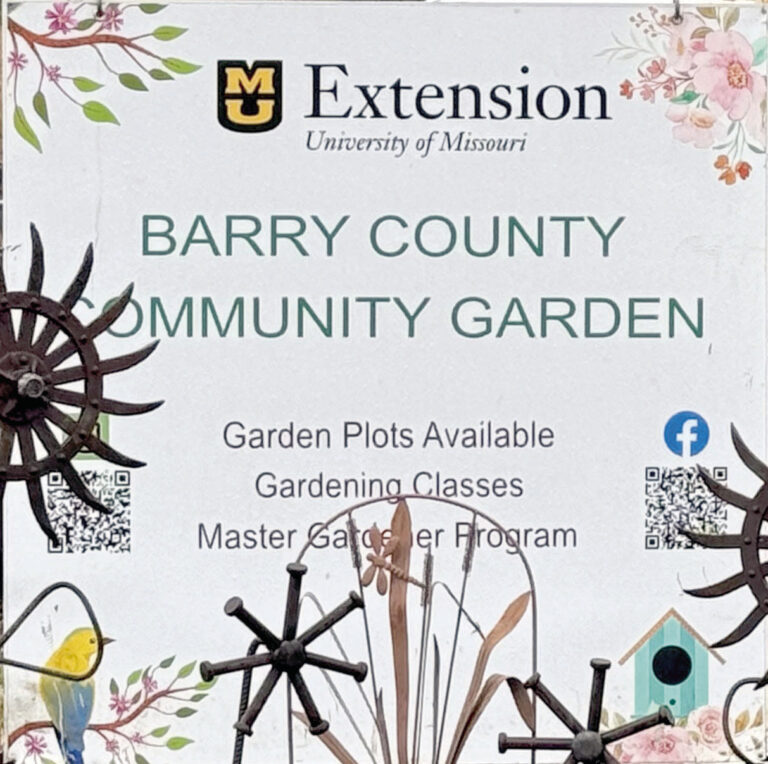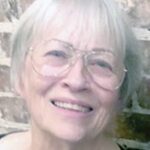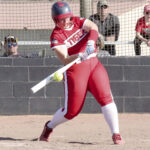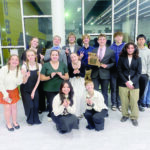Jeremiah Buntin: Some things never change
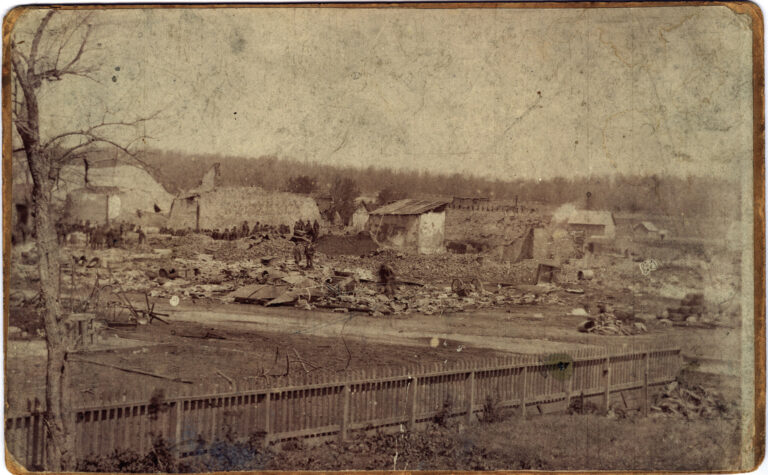
The Barry County Museum frequently receives requests for information from the western states on former Barry County residents, ancestors who journeyed to the greener pastures of California, Oregon, and Idaho. Often, I find myself perusing through the U.S. Census pages after such inquires, in search of relatives lost to time.
Computer searches are fast, but their accuracy of translating the Ozark census takers’ scribblings sometimes make for poor results. Actually looking at the page is at times the only way to be certain of your assumptions.
Does the age really say 73 or 13? Was he born in Missouri or Massachusetts? Taking the time visually review the hand-written records also gives you the opportunity to see information you may not have taken notice of otherwise. It may be of interest to know that your grandfather is living next to his brother-inlaw or that your third great-grandmother was listed one page over from your third great-grandfather in the census before they were married.
Another item of interest is occupation. While in the rural areas “farmer” is most often listed, in the towns, a great variety of professions made up the community.
In 1870 in Cassville, you would find the Physician John Ray, Dry Goods Merchant D.P. Pharis, Druggist W.S. McConnell, Sheriff of County J.H.
Moore, Blacksmith Wm.
Hawk and so on.
At that time living, in Cassville next to the Quaker Minister Abel Bond (whose book Abel Bond’s Foot Travels from 1889 can be read for free on Google Books) was a Brick Maker born in Ohio named George Broughman. Before seeing this entry it had never occurred to me that someone with the profession of “Brick Maker” had ever lived in Cassville.
The first brick structure in Cassville was likely the original Barry County Courthouse, construction starting in 1856. The brick Bayless house located behind the Cassville Post Office wasn’t constructed until late 1870s, and the school on the hill was built in 1887, so I wonder what was being built with the brick maker’s work, most likely a building along the square, such as Citizens Bank. Whatever the building, it was probably destroyed in the Cassville fire of 1893, along with both newspaper offices.
After the fire, the brick making began again. The newspaper estimated that between “1,500,000 to 2,000,000” bricks would be burned in kilns during the summer of 1893 to rebuild the city of Cassville. Three different brick yards worked at “full blast” to produce bricks.
John Vanhook and James Neeley (great-grandfather of the late Rev. Bob Neeley) set up a brick kiln in the Townsend addition. T.M.
Allen and Charles Wade also ran a brick kiln.
The brick making materials of clay, sand, and water were likely sourced locally, meaning several of the older buildings on the Cassville Square are actually made of Barry County itself.
Each brick was hand molded. An experienced brick molder could make 3,500-5,000 bricks a day with the help of assistants. The bricks were then sun dried for about two weeks before heading to the kiln to be fired.
I imagine the old bricks of the ruined city were used to build the kilns creating the new.
A few businesses on the Bayless and Van Hook blocks ordered “pressed brick” from Kansas City for the fronts of their buildings, but the cores of these buildings were still constructed of Barry County materials.
I guess what was true then is true now — Barry County is what we make of it.
Jeremiah Buntin is a historian at the Barry County Museum. He may be reached at jbuntin@barrycomuseum. org.

